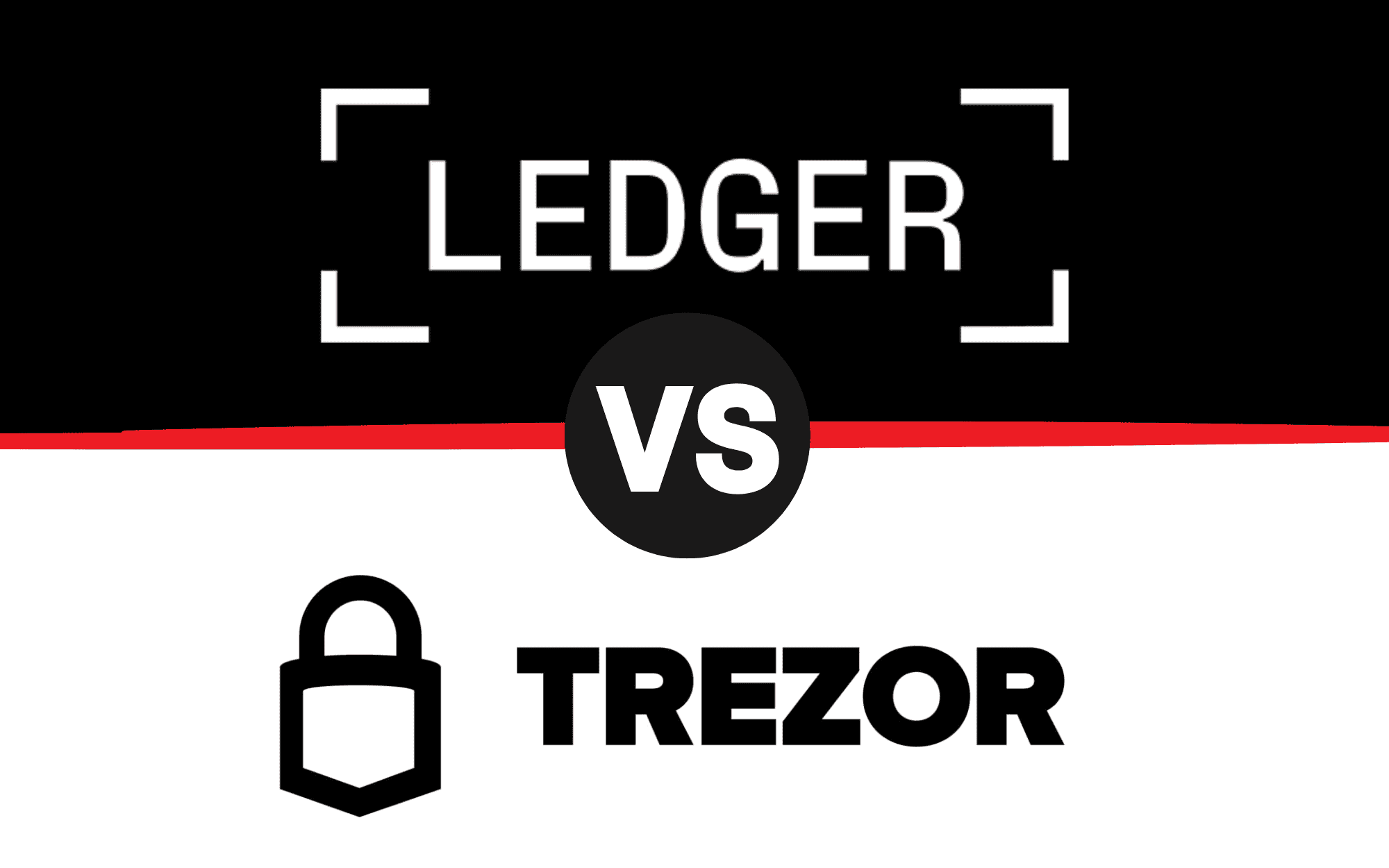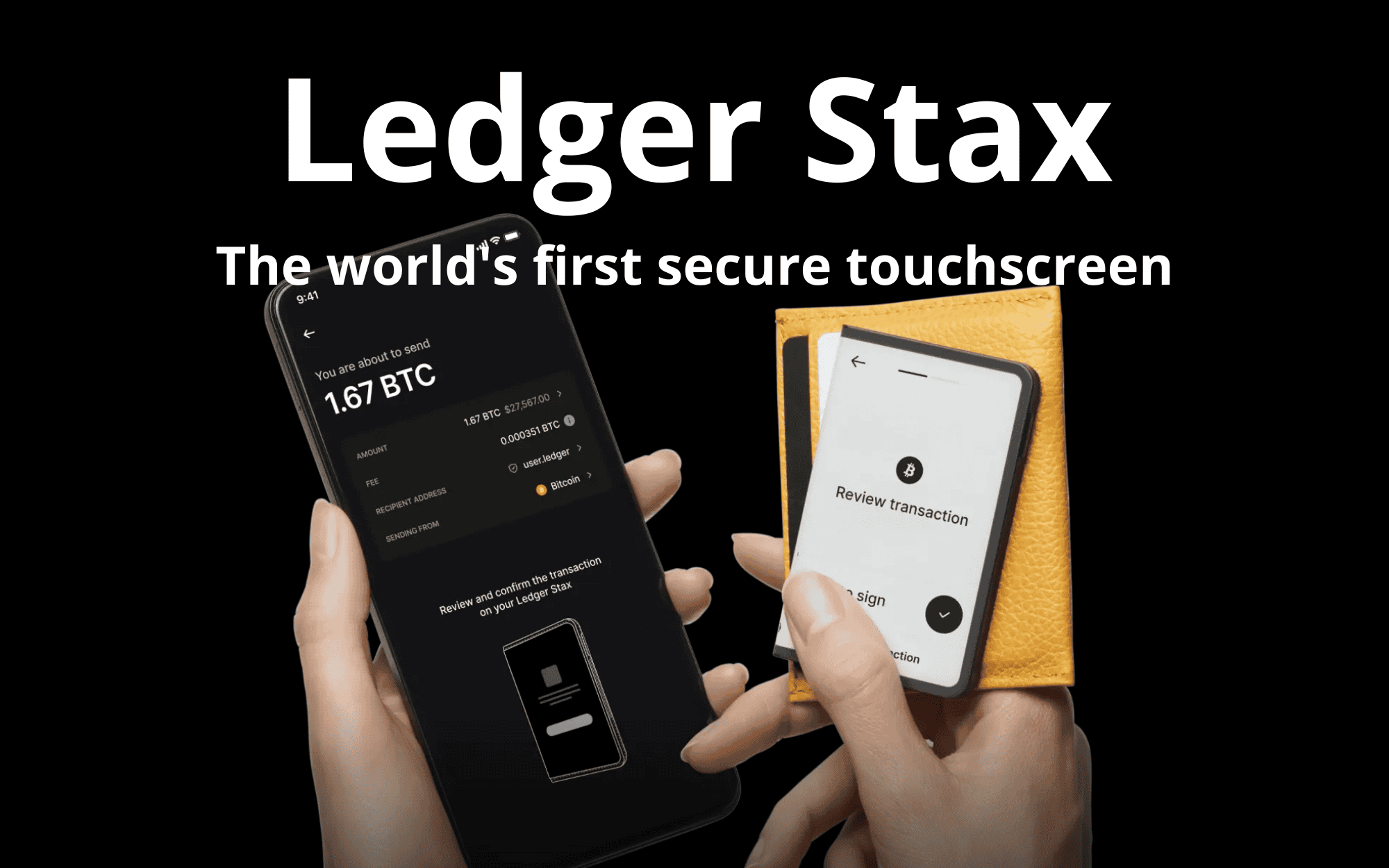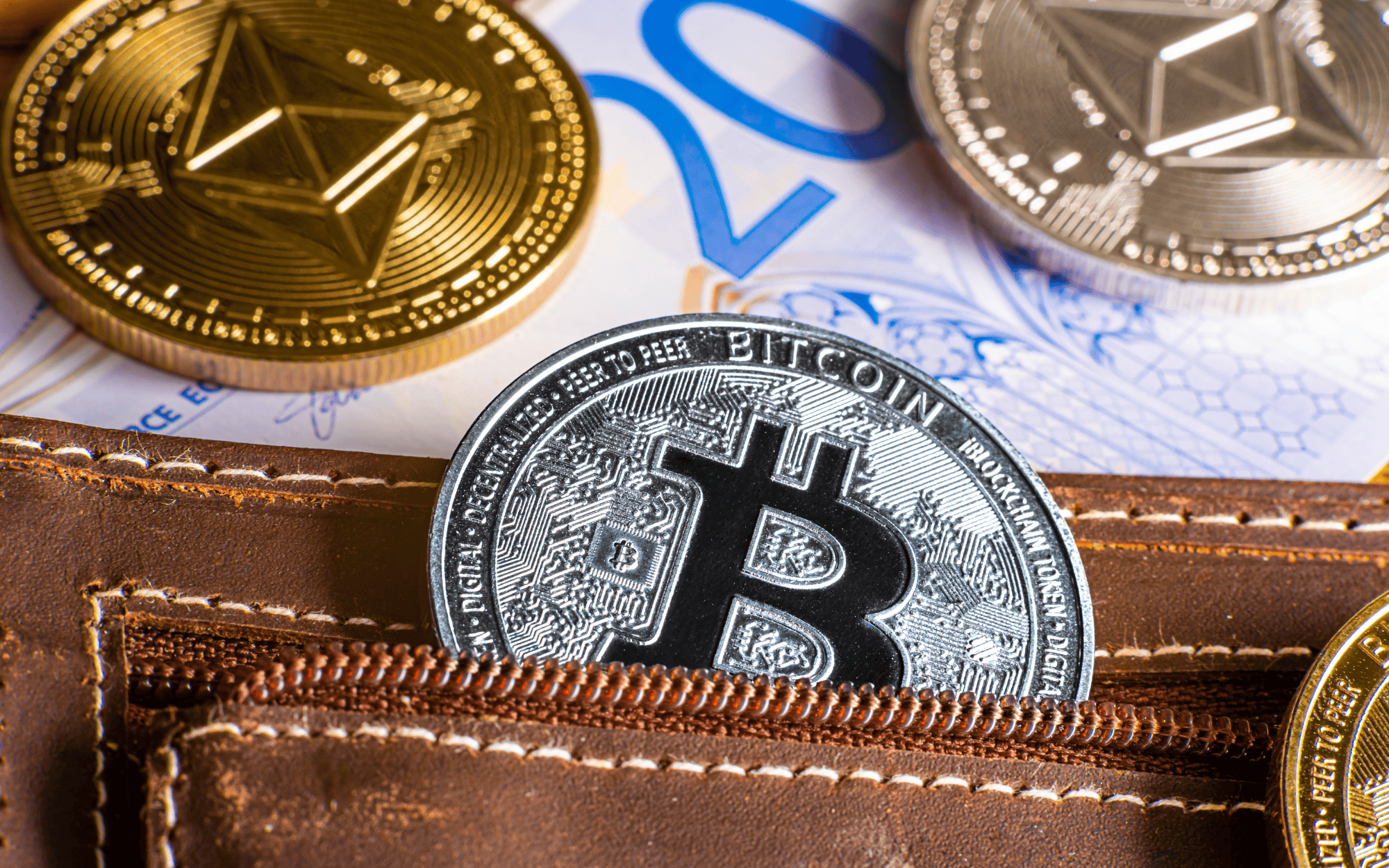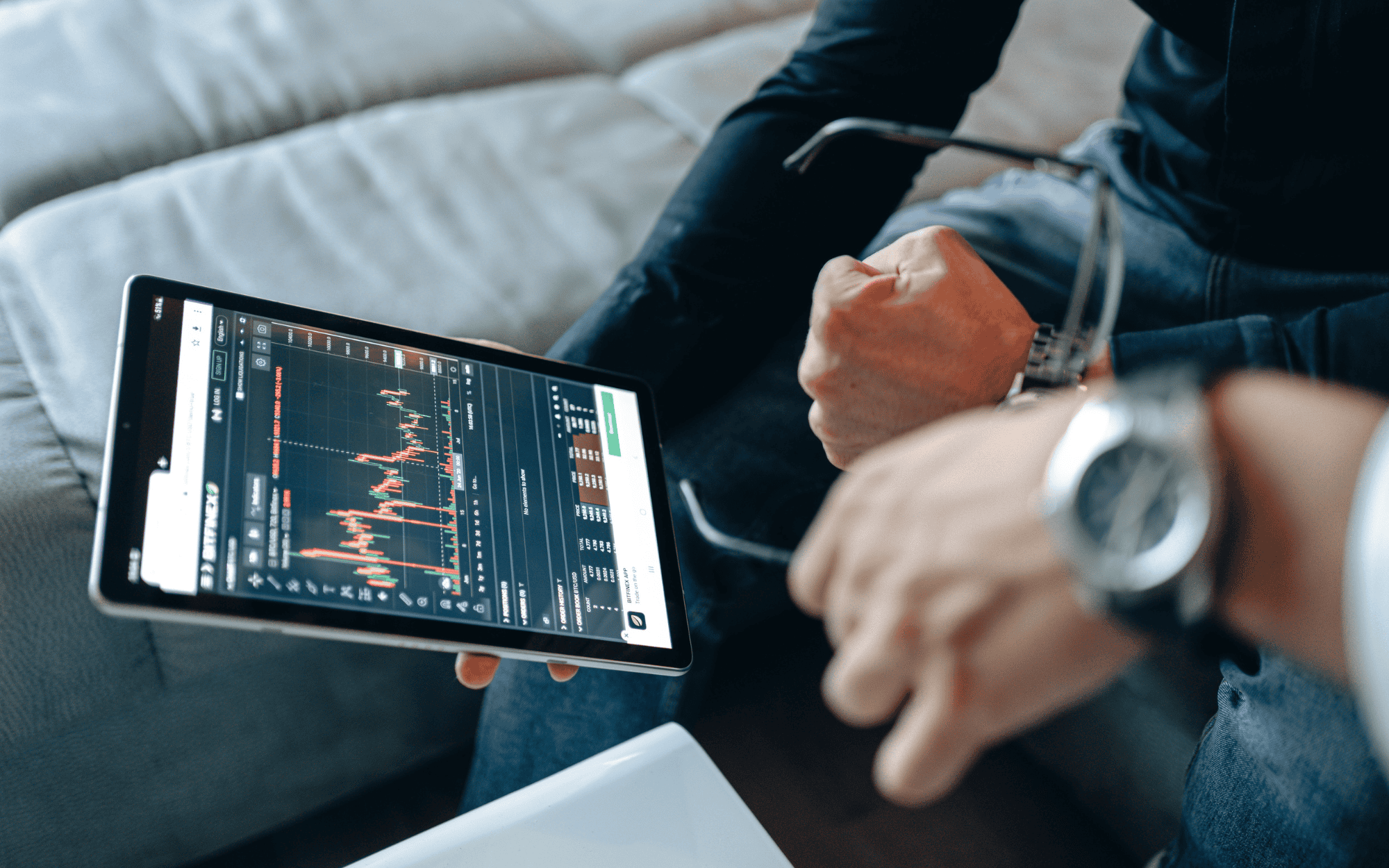In the fast-evolving world of cryptocurrencies, crypto security has become a critical aspect of managing digital assets. Unlike traditional banking, where institutions handle your funds, cryptocurrencies operate on decentralized systems. This empowers users with control over their assets but also places the responsibility of security directly on them.
While blockchain technology is inherently secure, vulnerabilities often arise at the user level. Hackers exploit weak passwords, phishing schemes, and unprotected wallets to steal millions of dollars annually. In fact, the total value of crypto thefts in 2022 alone exceeded $3 billion, highlighting the urgent need for robust security practices (Chainalysis).
This guide explores the essentials of crypto security, helping you safeguard your investments, recognize potential threats, and adopt practical strategies to stay protected. From choosing secure wallets to avoiding common scams, this article covers everything you need to know.
1. Common Crypto Security Risks
1.1 Phishing Attacks
Phishing attacks are among the most prevalent threats in the crypto world. Scammers often create fake websites, emails, or messages to trick users into revealing private keys, passwords, or seed phrases.
Real-World Example:
In 2021, a sophisticated phishing campaign targeted Ledger wallet users. Hackers sent fake emails claiming to be from Ledger, urging users to log in to a counterfeit site. Those who entered their credentials unknowingly handed over access to their wallets, resulting in significant losses.
Prevention Tips:
- Always double-check URLs before entering sensitive information. Look for “https” and verify the domain.
- Use bookmark links for trusted sites instead of clicking on random links.
- Avoid responding to unsolicited emails or messages, even if they appear legitimate.
1.2 Hacking and Malware
Hackers target exchanges, wallets, and individual devices to steal crypto. Malware can infect devices, logging keystrokes or injecting malicious code to access wallets.
Real-World Example:
In 2018, Japan-based exchange Coincheck suffered a hack that resulted in the theft of over $500 million worth of NEM tokens. The breach occurred due to inadequate security measures, including the lack of cold storage for funds.
Prevention Tips:
- Use reputable wallets and exchanges with robust security features.
- Install reliable antivirus software and keep it updated.
- Consider using a hardware wallet to store large amounts of crypto offline.
1.3 Rug Pulls and Fake Projects
A rug pull happens when developers of a crypto project abandon it after collecting investor funds. These scams often occur with new DeFi protocols or meme coins.
Real-World Example:
The “Squid Game” token in 2021 skyrocketed in value as investors flocked to what they thought was a legitimate project. However, the developers abruptly withdrew all liquidity, causing the token’s value to plummet to zero and leaving investors with nothing.
Prevention Tips:
- Research the project team and ensure they are public and verifiable.
- Look for transparent roadmaps and active community engagement.
- Avoid projects promising unrealistically high returns in a short time.
2. Best Practices for Crypto Security
2.1 Choosing the Right Wallet
The wallet you choose plays a central role in securing your assets. Wallets fall into two categories: hot wallets and cold wallets.
Hot Wallets:
Hot wallets, such as MetaMask and Trust Wallet, are connected to the internet and convenient for daily transactions. However, they are more vulnerable to hacking.
Cold Wallets:
Cold wallets, like Ledger and Trezor, store private keys offline, making them immune to online threats. These are ideal for long-term storage.
Key Tips:
- Enable two-factor authentication (2FA) on your wallet.
- Back up your seed phrase offline and store it securely.
- Regularly update wallet software to protect against vulnerabilities.
2.2 Secure Your Devices
The security of your crypto assets is directly tied to the devices you use. Compromised devices can expose your wallets, private keys, and exchange accounts.
Best Practices:
- Use strong, unique passwords for all crypto-related accounts.
- Avoid public Wi-Fi when accessing wallets or exchanges. If necessary, use a VPN for added security.
- Regularly update your device’s operating system and software to patch vulnerabilities.
2.3 Be Vigilant with Transactions
Always double-check transaction details before confirming. Blockchain transactions are irreversible, and a small mistake could lead to the loss of funds.
Tips:
- Verify wallet addresses carefully. Scammers can replace copied addresses with their own using malware.
- Start with small transactions to test the process when sending large sums.
3. Advanced Crypto Security Tips
3.1 Multi-Signature Wallets
Multi-signature wallets, or “multi-sig,” require multiple approvals to complete a transaction. This is particularly useful for organizations managing crypto funds.
Example:
A crypto fund may require three out of five board members to sign off on any transaction, reducing the risk of unauthorized access.
3.2 Diversify Storage Options
Avoid keeping all your crypto assets in one wallet or on one exchange. Use a mix of hardware wallets, hot wallets, and trusted exchanges.
Conclusion: Protect Your Crypto Assets
Crypto security is an ongoing responsibility for anyone participating in the digital asset space. From choosing secure wallets to staying informed about scams, adopting best practices can protect your investments and minimize risks.
Our team believes that education and proactive measures are the cornerstones of crypto security. Start with basic steps like using hardware wallets and enabling 2FA, and as you grow more experienced, explore advanced techniques like multi-signature wallets. By staying vigilant and informed, you can navigate the crypto space confidently and securely.
For more resources, visit CoinDesk’s Security Tips.











